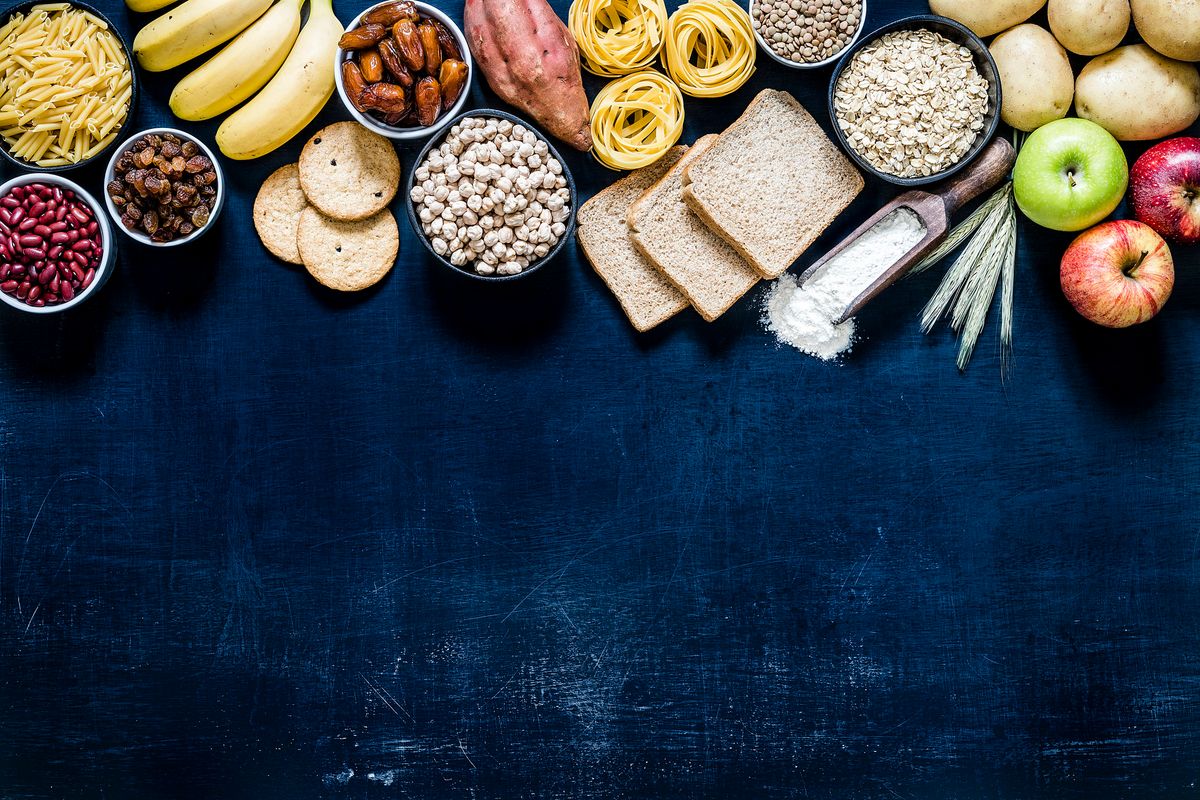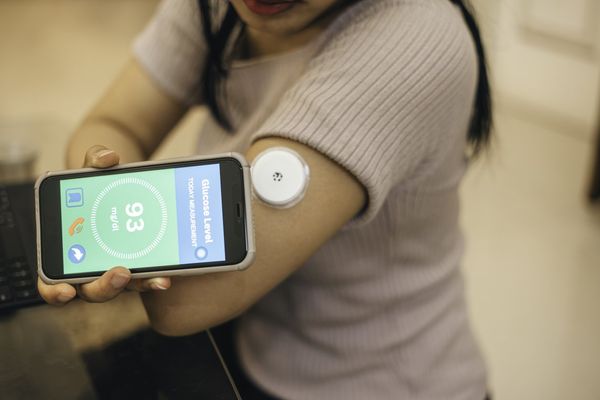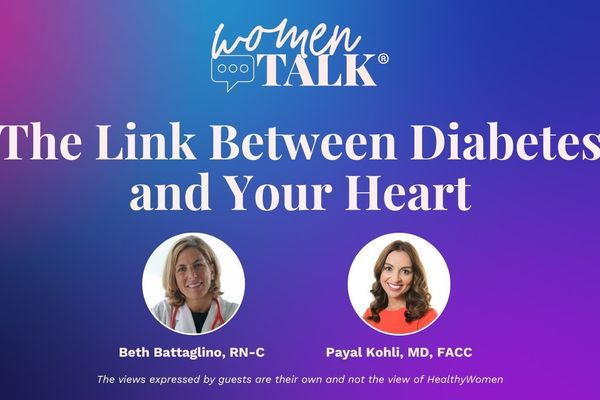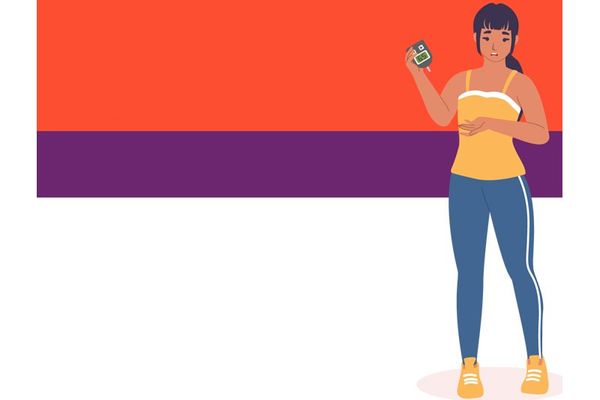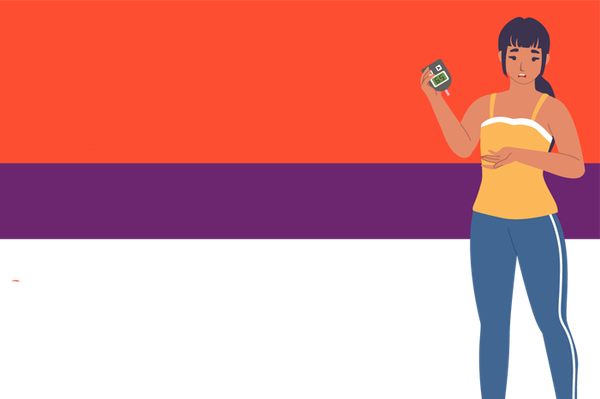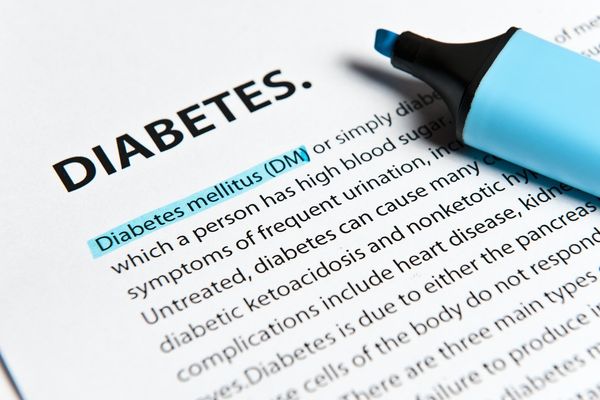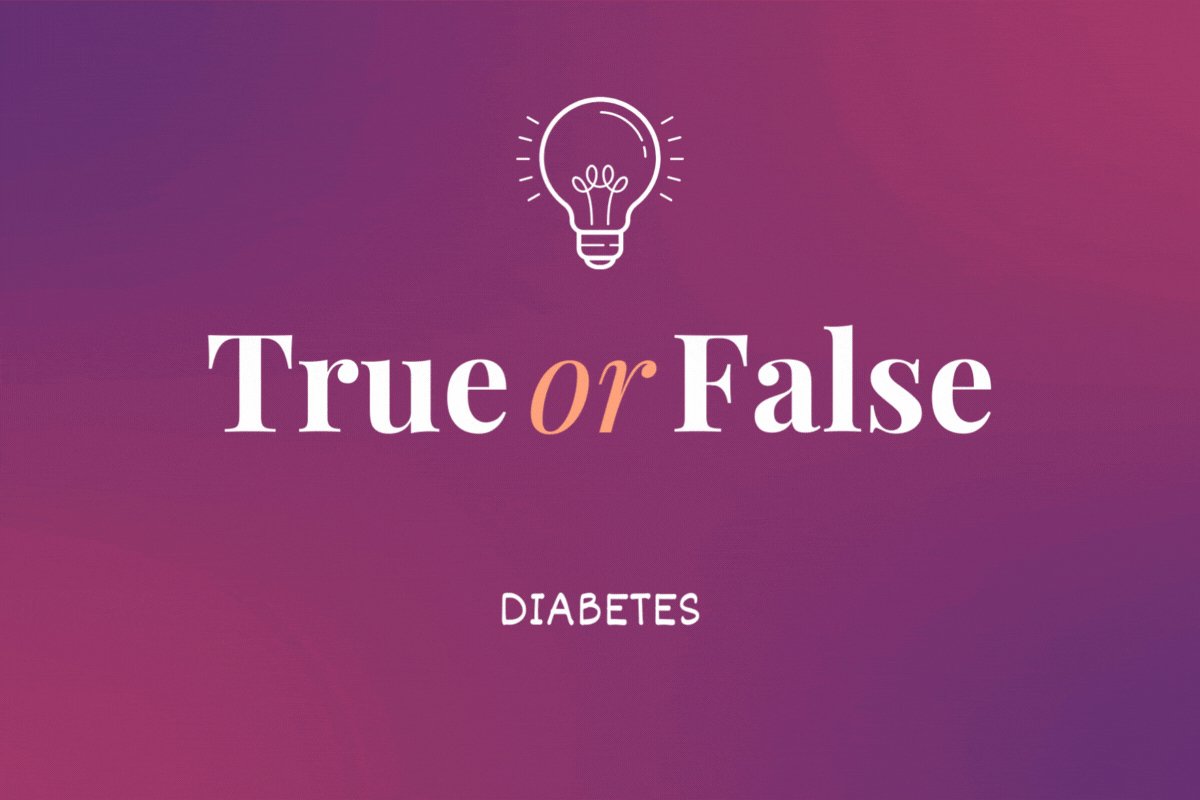If you're not diabetic or at high risk of developing Type 2 diabetes, you may never have heard of the glycemic index. Yet understanding this carbohydrate food-ranking tool can help you lose pounds and keep them off—whether you have diabetes or not.
"In general, the glycemic index is a measure of how much and how fast a food raises the blood sugar level," says Osama Hamdy, MD, PhD, director of the Obesity Clinic, Joslin Diabetes Center, Boston, MA. "Foods with a high glycemic index rapidly spike blood sugar levels, while foods with a low glycemic index can help control blood sugar."
Why is this a problem if you don't have diabetes? When blood glucose rises too high after a meal or snack, it overstimulates the pancreas, increasing insulin production. Then your blood sugar drops, causing you to crave high-glycemic carbohydrate foods again. So you eat more and more of them. The craving cycle triggered by high-glycemic foods not only adds extra pounds, but also puts you at greater risk of developing diabetes.
Sound familiar? Think about the mornings you grabbed a doughnut (a high-glycemic food) for a quick breakfast instead of a bowl of oatmeal (a lower glycemic choice). On the days you started with a high-glycemic punch, you probably wanted another pastry before lunchtime.
When diabetics consume carbohydrates that are mostly low glycemic, their blood sugar levels are better controlled and they can achieve and maintain weight loss. What's more, in a group of older adults with Type 2 diabetes, having a low-glycemic meal produced better cognitive performance after eating compared to one ranked as high-glycemic.
Cutting all carbs isn't the answer
For just a minute, let's enter the exciting world of carbohydrates: We need carbohydrates for good health. These important dietary components—found mostly as sugars, fibers and starches—give us the fuel (glucose, or blood sugar) to be active. Carbohydrates provide important vitamins, nutrients and soluble fiber, which helps lower blood sugar and cholesterol. (Fiber is the only carb that moves through your body without being digested, or turning into glucose.)
Some carbohydrate-dense foods (especially processed ones) can cause weight gain. So, not too long ago, the low-carb battle cry was sounded. Many people began drastically eliminating carbohydrates from their diets.
Pounds were shed, but often so was good nutrition. Dieters avoided not only fudgy brownies, but also carbohydrate-containing fruits, vegetables and whole grains. Instead, they chose protein-laden foods with almost no carbohydrates, including meats and cheeses that were high in saturated fat. Restrictive low-carb eating was tough to sustain and the craze lessened.
During this time, scientists were exploring more about the glycemic index and the connection between carbohydrates, blood sugar and weight. But Dr. Hamdy cautions against jumping on another diet-theory bandwagon.
"I don't want people to eat more food because it's low glycemic. We need the energy (calories) from carbohydrates to be no more than 40 percent (of total calories) per day," he says.
The low-carb diets went too low, Dr. Hamdy adds. Recent nutrition guidelines from the Joslin Diabetes Center advise eating no less than 130 grams of carbohydrates per day. Protein should comprise 20-30 percent of total daily calorie intake, with most coming from lean sources.
Categorizing foods by glycemic response
How a certain food affects your blood sugar results from its glycemic index computed with the amount of carbohydrate it contains. This is known as the food's glycemic load. It's possible to eat something with a high glycemic index (such as carrots or watermelon) but such a small amount of carbohydrate that its glycemic load is very low.
The science behind this is complicated. But, overall, "we have a much better understanding of the types of carbohydrates that people should eat," says Dr. Hamdy. "Now we are moving away from high-glycemic carbohydrates to low ones."
High-glycemic foods include:
- white bread and other processed or refined-flour products
- baked potatoes
- French fries
- white rice
- pasta made from white flour
- sugar-sweetened drinks
- candy
These low-glycemic foods are better choices:
- high-fiber fruits and vegetables (excluding white potatoes)
- whole grains, and the cereals or breads made from them
- brown rice
- lentils
- whole-grain pasta
- black beans
The University of Sydney, Australia, provides a searchable database for hundreds of foods, showing glycemic index, glycemic load and amount of carbohydrates per serving, at www.glycemicindex.com.
More tips:
- Switching to low-glycemic carbohydrates is just one part of a weight loss plan, Dr. Hamdy emphasizes. He also stresses cutting portion sizes, increasing physical activity and reducing daily food intake by 250 to 500 calories.
- The glycemic index of a food can vary depending upon where it was grown, how ripe it is, how it was stored or processed, starch type, fat or acid content and even health factors of the person consuming it.
- Fiber is a carbohydrate, but does not raise blood sugar levels. Eat lots of soluble fiber foods such as oatmeal, fresh fruits and vegetables. These also lower cholesterol.
- Aim to get 20-35 grams of fiber daily. If you are diabetic, you can consume up to 50 grams a day. Unprocessed and whole-grain foods are best sources, but fiber supplements such as psyllium may be added.
- Proteins have virtually no carbohydrates. Choose lean protein such as fish, skinless poultry, nonfat or low-fat dairy products, legumes and tofu. Avoid high saturated fat sources such as beef, pork and high-fat dairy items.
- If you're diabetic, or at high risk, a registered dietitian specializing in diabetes can help you plan for healthy eating.

